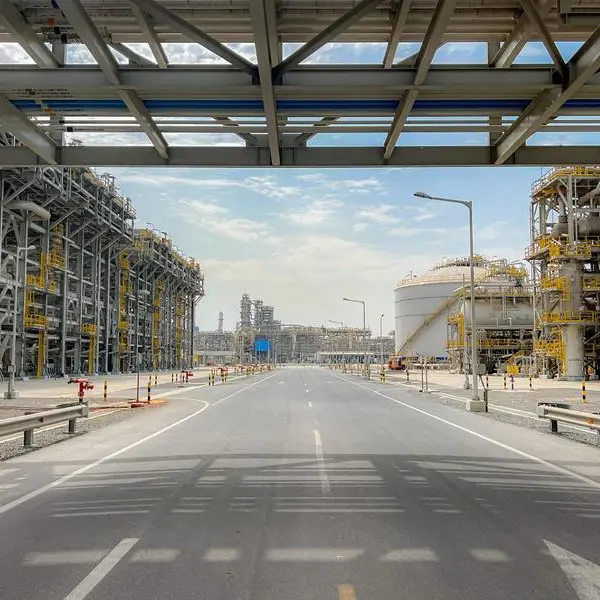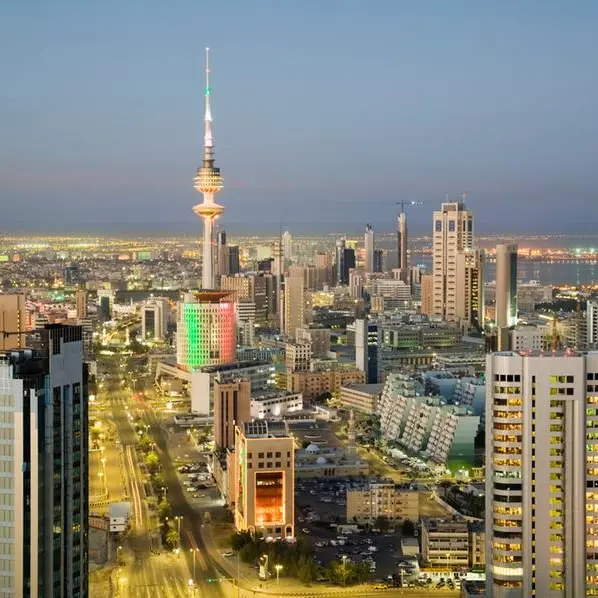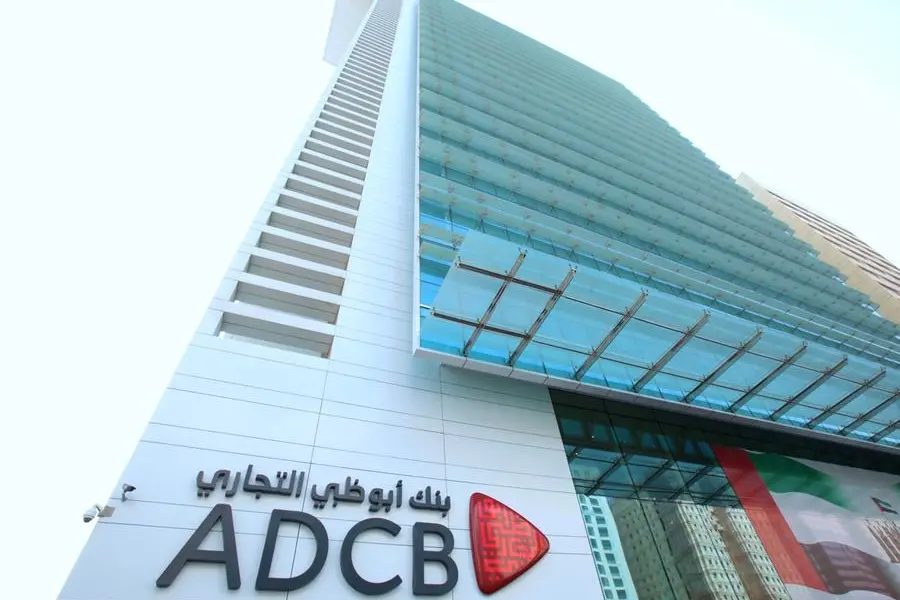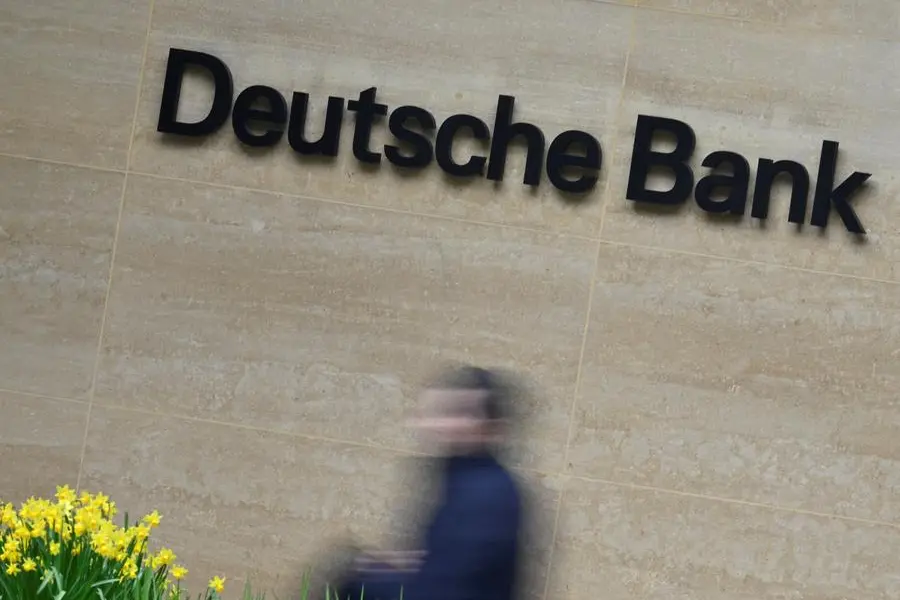PHOTO
Riyadh, Saudi Arabia. Getty Images/EyeEm
Expansions in outputs and new orders, along with a tightening of supply conditions, gave Saudi Arabia’s non-oil economy a boost in September, which reflected in a 1.5-point rise in the kingdom’s Purchasing Manager’s Index (PMI) for the second consecutive month.
The Riyad Bank PMI rose to 56.3 last month, up from August’s 54.8, indicating the highest PMI reading for Saudi following a sluggish summer period that started in May.
The latest reading also inched closer to Saudi’s long-running average of 56.9, as the rate of activity growth accelerated, with sales momentum showing further improvement.
“The rise in Saudi Arabia’s PMI to 56.3 shows the highest level in four months, highlighting a notable acceleration in non-oil private sector growth,” Naif Al-Ghaith PhD, Chief Economist at Riyad Bank, said. “Businesses are responding to stronger domestic demand, which plays a critical role in reducing Saudi Arabia’s dependence on oil revenues.”
Al-Ghaith said the growth in the non-oil sector was particularly significant given the current context of oil production cuts and declining global oil prices.
“As oil revenues come under pressure, the robust performance of the non-oil private sector serves as a buffer, helping to mitigate the potential impact on the country's economic health. The diversification of revenue streams is crucial for maintaining growth amid fluctuating oil markets,” he added.
New order volumes increased over improving domestic demand, although survey respondents also reported on a boost in new export orders.
Employment numbers also improved along with business conditions, although firms reported difficulties in finding skilled staff, leading to capacity shortfalls.
Survey respondents also flagged concerns over increased competition, warning of a softening in future output expectations, as well as a third successive reduction in selling charges.
Reports suggested that rises in material prices, technology costs and wages drove higher expenses.
Inventories at non-oil businesses continued to rise during September, leading some firms to reassess purchasing levels. Consequently, the rate of purchasing growth fell to its lowest in three years.
(Writing by Bindu Rai, editing by Imogen Lillywhite)





















